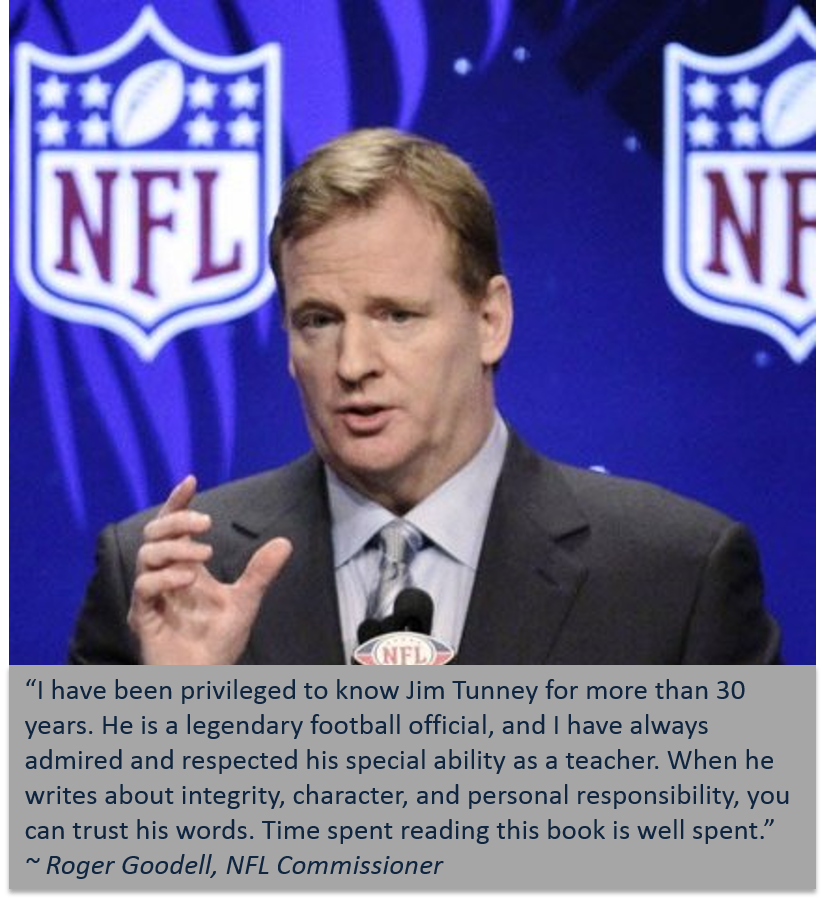On the TUNNEYSIDE of SPORTS July 18, 2016 #602 Up next…To play or “To Replay?”
After further review…In a couple of recent sports contests the use of video replay has come into question. The Tunney Side offers some questions for your consideration. Let’s first back up and discuss my involvement with video replay, or as it was called then “Instant Replay.”
In the NFL pre-season of 1978, I was assigned to referee the Buffalo Bills vs Dallas Cowboys game in Texas Stadium. Unbeknownst to me and our crew of officials, Art McNally (Supervisor of Officials), Norm Schachter (legendary former NFL referee), and Tex Schramm (Cowboys General Manager and a strong proponent of video replay) were in attendance at that game. They were in a separate booth in Texas Stadium to “experiment” with instant replay, i.e., to determine if there was ample visible evidence, and an acceptable level of game delay to review officials’ calls. That test gave the NFL Competition Committee preliminary information on how it might be used. Many owners, general managers, coaches and game officials were hesitant to introduce such a radical officiating tool, and the results of that single experimental game did not change perceptions overnight.
Eight years later in 1986 the replay system was approved – on a one-year trial basis – as “an aid to officiating.” That system has exponentially grown into one that will be remain in constant use—doubtless with many tweaks and improvements –- by the NFL, the NBA, the NHL, MLB, golf, tennis some colleges, and etc. It has yet to be employed by high schools, but it may just be a matter of time before technology is affordable enough at that level.
In the recent 2016 Men’s U.S. Open Golf Tournament replay has raised another issue. That tournament played at Oakmont Country Club in Oakmont, PA., was won by Dustin Johnson. However, during the final (fourth) round as Johnson approached his ball on the green, the ball moved – a violation. Johnson pointed out that ball movement to the on-course official who then agreed with Johnson that his club did not cause the ball movement. But after examining high-resolution video replay in the official’s booth, it was determined that it was nevertheless a violation and that Johnson was subject to penalty. That penalty was assessed after the tournament. DJ won by three-strokes so the one-stroke penalty did not affect his winning, but has the replay equipment in this instance created a “false” positive?
Further in the 2016 Women’s U.S. Open played at CordeValle in San Martin, CA. there was a similar occurrence. Anna Norquist was ruled to have grounded her club in a bunker–a violation. Her club touched a single grain of sand not visible to the naked eye, but “caught” on high-def video. Norquist lost the championship playoff after the “grounding your club” penalty was invoked. The question here is: if it is now a given that rules violations exceed the live observation of players and/or officials, should every player and every shot be reviewed before a tournament is completed?
Will you log-in your thoughts about how far into the game the camera lens should extend?
contact Jim go to www.jimtunney.com or email jim@jimtunney.com.
Be sure to get the new “Another 101 Best of TunneySide of Sports” just out for $20.



